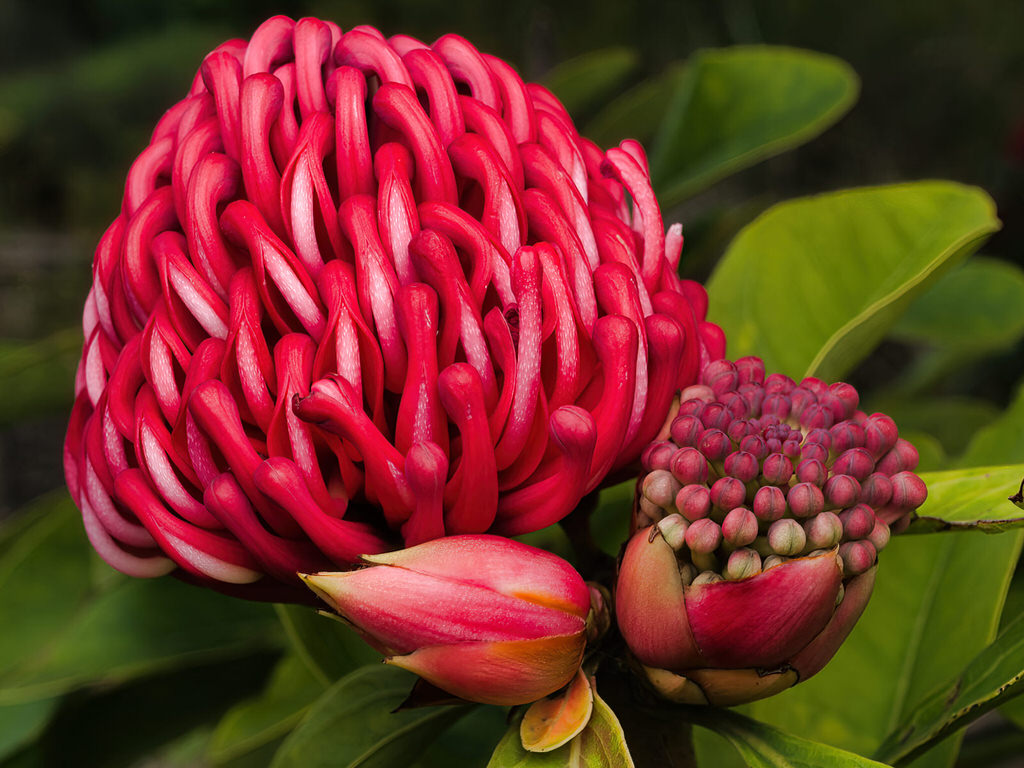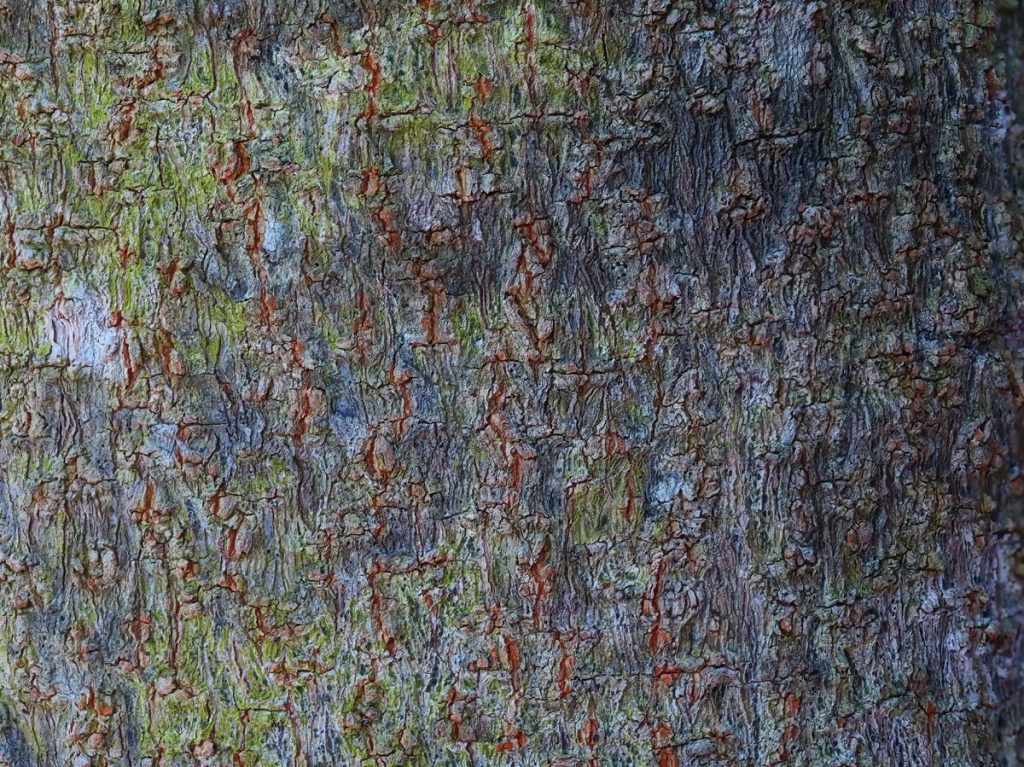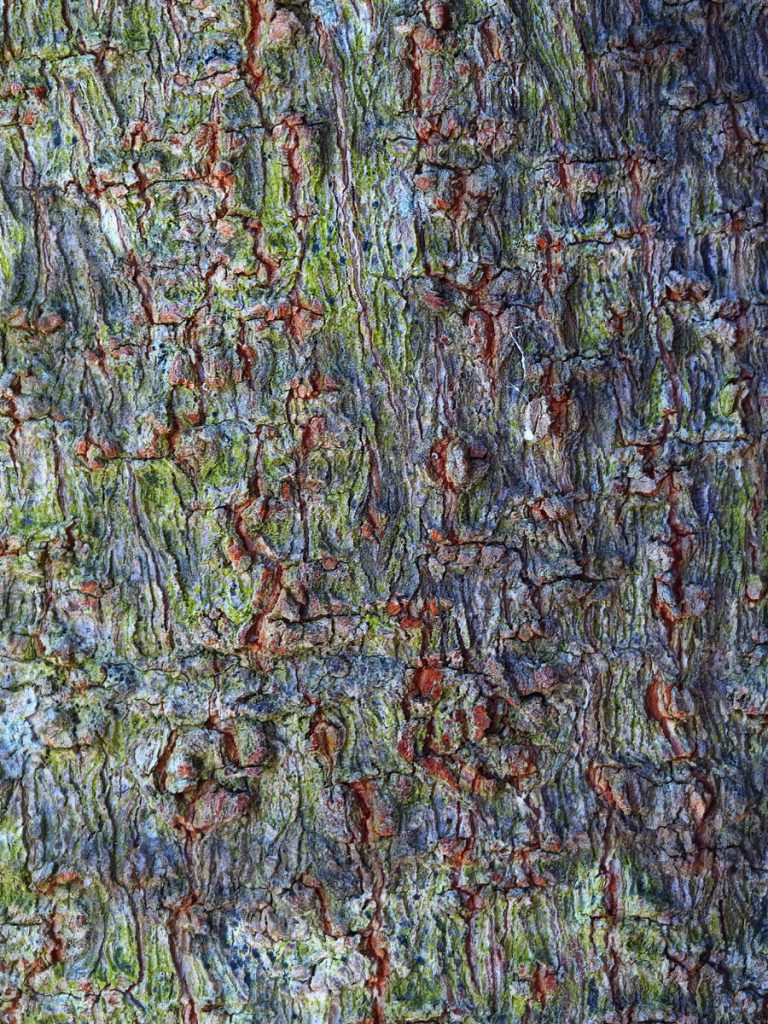The Doc’s main theme for images in 2022 was barks and then flowers as Spring arrived. Over 6,000 images were posted to the Atlas of Living Australia in 2022. Consulting work prevented any travel, even after many of the lock downs stopped.
The first trip for 2023 is booked, Foray with Friends at Dorrigo on the mid north Coast of NSW. The theme will be fungi’s and slime molds. There is some consulting work to finish at the end of January then The Doc has more flexibility, once the final work on the Patrol is finished in mid-January.















































You must be logged in to post a comment.